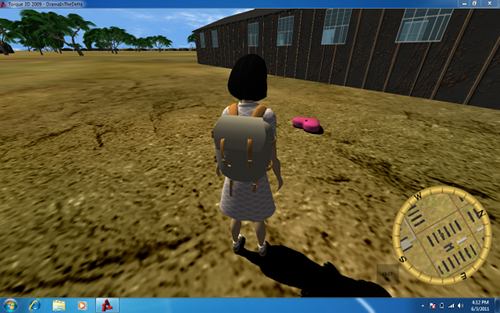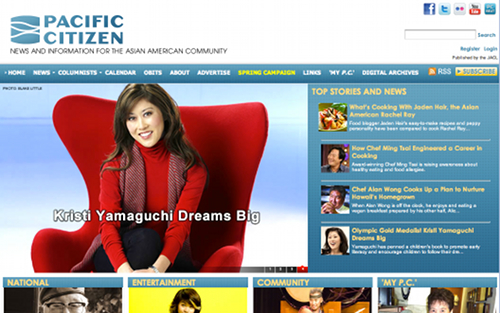It looks easy — lining up and following the movements of the little old ladies who have been doing it all their lives. But it’s hard work, and I work up a sweat almost immediately during Obon practice at the Denver Buddhist Temple gym.
I didn’t grow up dancing Obon every summer like many Japanese Americans. Wherever you find JA communities, you’ll find summertime festivals where people gather to dance to old-style Japanese folksongs in circular formations, where they watch a group of master dancers in the small circle in the middle, and mimic every move. My wife Erin, who grew up with Obon every year during Denver’s Sakura Matsuri, or Cherry Blossom Festival, describes it perfectly as “Japanese line dancing — in a circle.”
The dancing will take over Lawrence Street during the 40th Annual Cherry Blossom Festival this weekend on Saturday night at Sakura Square. The Obon — or Bon Odori, which is the actual term for the dances — follows a full day of performances and demonstrations, vendors and food served up by the Buddhist Temple (Erin and her mom and I volunteer each year to sell manju, or Japanese pastries, inside the gym).
The dancing is festive and fun, but the purpose is serious: Obon is a traditional Buddhist custom that pays tribute to the deceased — especially to one’s ancestors.
Continue reading












